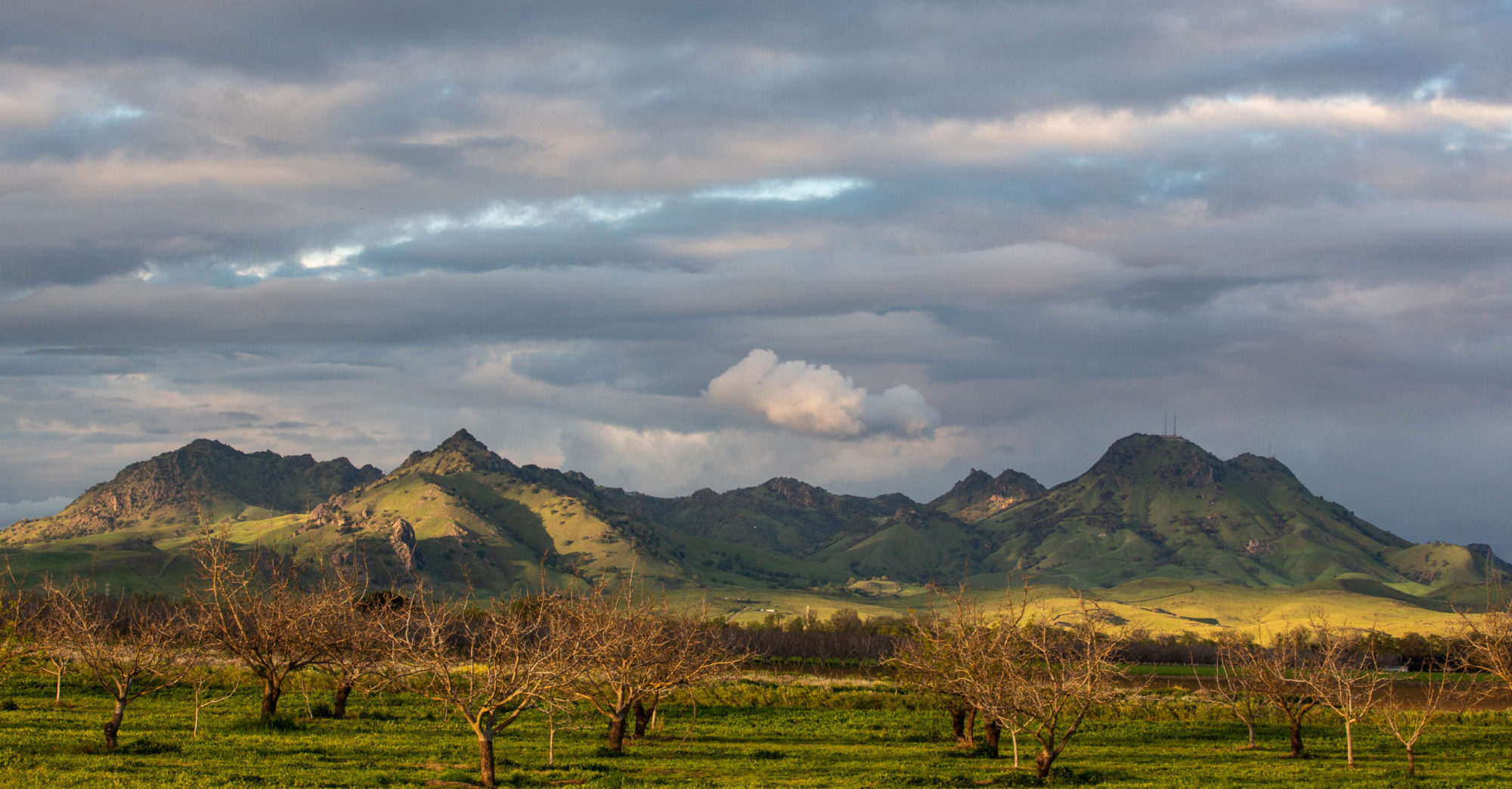I think it’s pretty common among families to think and talk about the unseen influences on our lives. I”m talking about the little shreds of detail, or sometimes rich, complex stories, about our parents and maybe their parents that we think might explain something about them and about us.
Concrete example: Growing up, I was very aware that both my parents lost their fathers at an early age. My dad’s father died when he was 10; my mom’s dad died when she was 11. I came to assume, through small details I picked up over the years, that these events were traumatic if not shattering events in their families’ lives and that in one way or other they shaped my life and the lives of my siblings and maybe even the lives of our kids.
I was thinking about the biggest incident we heard about growing up, one that I think I heard my mom refer to simply as “the dunes.”
In August 1939, my mom, at age 9, was the lone survivor of a five-member family group swept into Lake Michigan at Miller Beach, in the Indiana dunes. I wrote a little bit about that a few years ago. Her account of what happened was pretty graphic–especially regarding her memories of trying to save a brother who was within arm’s reach and what it was like to have almost drowned (she said that by the time she was rescued she had stopped struggling; she was revived on the beach).
Mom suffered from depression for most of her life. It’s reasonable to think that one of the triggers was this terrible incident in the dunes. But she suffered a couple other major tragedies, too. The early death of her father, as I’ve mentioned, and the loss of a child–a brother of mine, the youngest of the four of us who arrived roughly annually in the mid-1950s, who died just before his second birthday. I saw some of the effects of that last tragedy. I remember that eventually my mom started seeing a psychiatrist–a move that may have saved her life and in some measure changed my life, too.
Something that was tucked away in the back of my head about the psychiatrist: Some years after my mom began seeing him, he suffered his own tragedy in the lake. He was out on his boat with his wife one August evening when a storm came up. The boat capsized, and the doctor and his wife were thrown overboard and separated. He was rescued after seven or eight hours in the water. She drowned. I recall my mom talking about this and overheard her saying that he told her that he simply didn’t want to get out of the lake when he was found.
Thinking about all this just now, I went looking for signs of the doctor online. He’d be in his 80s now, or even older. I checked news archives, and the lake incident came up as the only hit for his name in the Chicago area. And here’s what prompted this post: The date of his accident? It was the anniversary of the 1939 dunes drowning. I wonder if my mom and the doctor ever talked about that coincidence.
